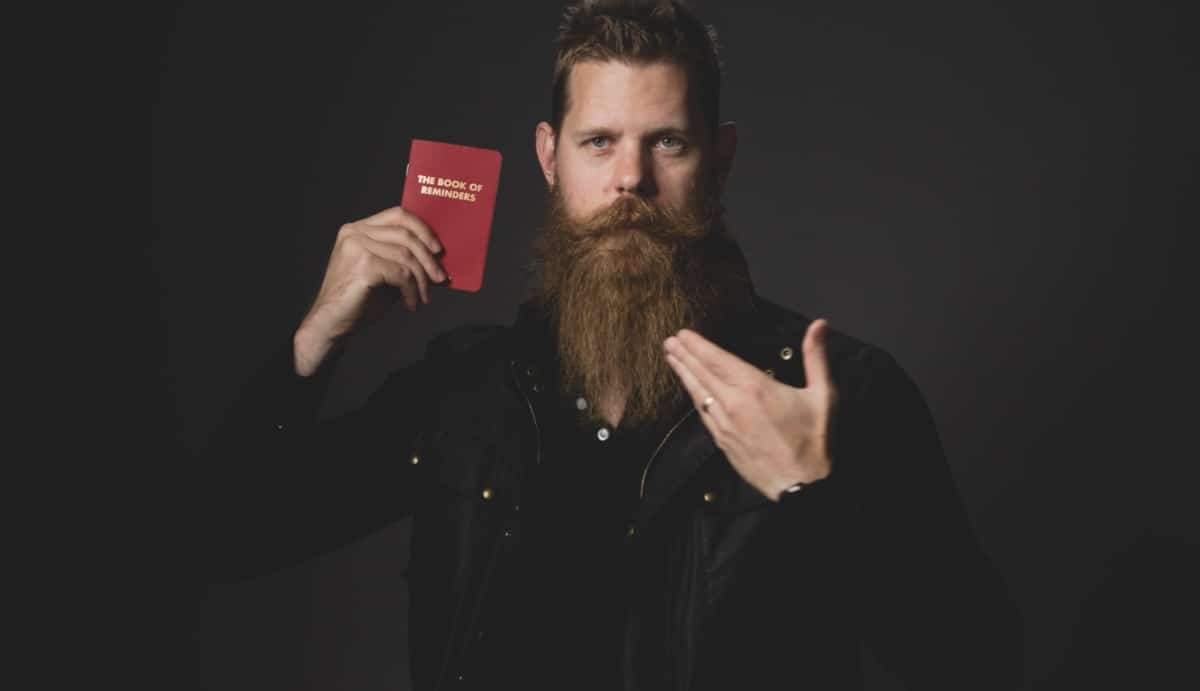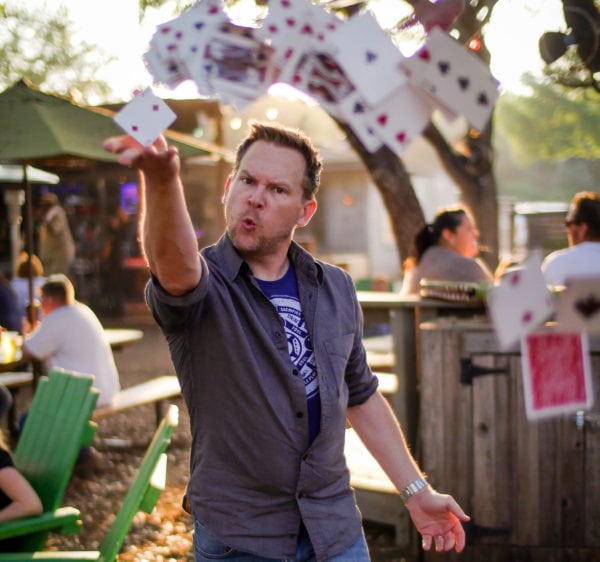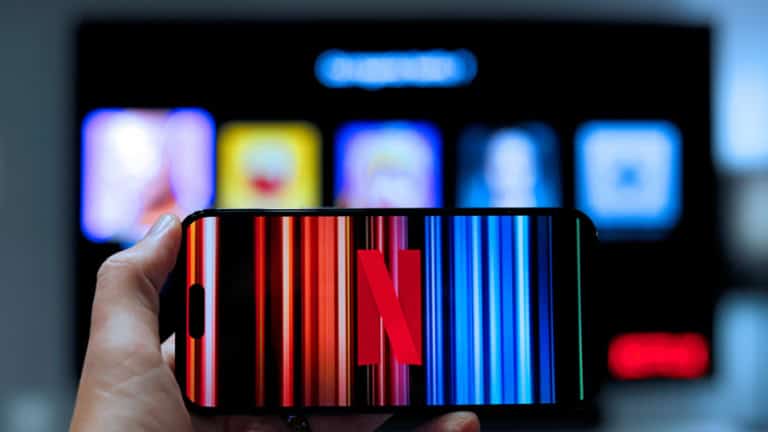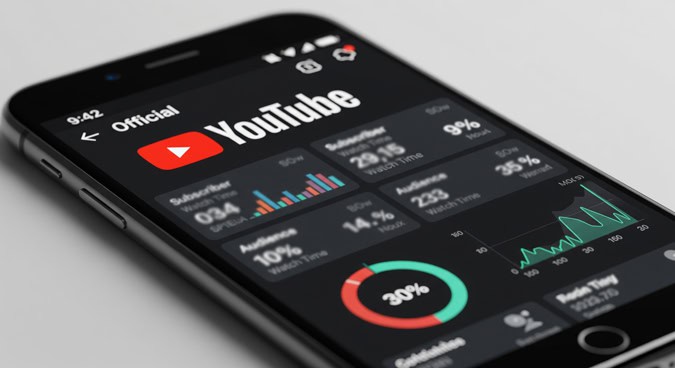
The dream seems simple: Post a series of videos on YouTube that showcase your brand and personality. Wait for the videos to go viral as you gain millions of subscribers to your channel. Then, collect checks from Google.
Easy, right?

The reality is much different, say several Austinites who’ve built huge audiences only to learn some hard lessons on YouTube monetization.
One of them, magician and comedian Brian Brushwood, has published videos online regularly since his show “Scam School” debuted in 2008. The Scam Nation and The Modern Rogue YouTube channels have drawn more than 400 million YouTube views and 3 million subscribers combined.
But even surpassing what Brushwood calls “the magic number” of 1 million subscribers, which took about three years for each channel, doesn’t guarantee riches.
“Working for YouTube is like working for an insane robot boss who refuses to tell you what it likes or doesn’t like in your work,” he said. “It will only reward or punish you and leave you to figure out what you’ve done right or wrong.”
Even when video creators get it right, they shouldn’t expect a giant payday.
“The saddest thing I see is people believing that the check from Google is all the money there is,” he said. “The check from Google should account for no more than 20 percent of the total revenue you’re making on your channel.”
Where does the other 80 percent come from? Brushwood said platforms like Patreon that allow viewers to financially support a show through donations might be double that revenue, and other kinds of sponsorships could generate another 40 percent. The rest could come from merchandising, but that carries overhead.
Brushwood has 10 to 12 part-time and full-time people working on his content. Many YouTube creators work solo or have production help. All the creators spoken to for this story agreed that publishing videos consistently is vital.
Eric Bandholz, co-founder of Austin’s Beardbrand, which sells male grooming products, said his company’s investment in YouTube has paid off; 36 percent of its customers first heard about Beardbrand through YouTube.
According to customers, this how they first heard about @Beardbrand.
— Eric Bandholz (@bandholz) December 30, 2019
YouTube Videos- 36%
Word of Mouth – 18%
Search – 14%
Ads – 14%
TV – 5%
Social Media – 3%
Articles – 2%
Stores – 2%
Other – 6%
It’s easier to be sustainable when you can get customers at low or no cost.
The company didn’t turn on YouTube monetization until long after it began growing its audience in 2012 (it currently has more than 1.57 million YouTube subscribers). Bandholz’s intention wasn’t to earn lots of money through YouTube ad revenue; that accounts for roughly 3 percent of company revenue.
“It was a way for us to get our videos in front of our intended audience,” Bandholz said. “(YouTube) is the last social media platform where you can really get incredible organic growth without any outside investment.”
Potential pitfalls
The windfalls that come from a strong YouTube brand can open doors to new revenue streams, but it’s not without problems.
“Competitors can buy ads on your videos,” Bandholz said. “Fortunately, YouTube gives you the tools to be able to block domains. We’ve gone in and we’ve blocked a lot of our competitors from buying it.”
Daniel Whittington is the chancellor of Austin’s Wizard Academy and co-creator of Austin’s Whiskey Vault and Whiskey Tribe YouTube channels, which teach viewers about different kinds of spirits.
Despite growing to more than half a million YouTube subscribers to both channels, Whittingon knows that he’s at the whims of YouTube’s policies. It’s not unusual for content to be flagged and demonetized for copyrighted music (even when it’s from background music at a public setting), or for algorithm changes to slow viewership.
As a channel that focuses on alcohol, “Any day, YouTube could decide that they’re over it and shut us down and that’s the end of it,” Whittington said. “I don’t anticipate that happening, but it’s always risky when you build your business on the back of someone else’s platform. There’s always the risk that they’re actually in charge, not you.”
The COVID-19 effect
Complicating matters for Whittingon is that the Whiskey Vault YouTube channel is educational and tied to the nonprofit Wizard Academy. The YouTube channel doesn’t make money, but it did lead to the two creating Whiskey Tribe for fans, which has led to t-shirt sales and even the creation of a viewer-backed distillery, Crowded Barrel Whiskey Co.
Whittington and Williams have produced videos remotely during COVID-19, and YouTube offered an avenue to help distillery workers who lost work during the recent shutdown. Whiskey Tribe raised about $4,000 through a YouTube live-streaming feature.
Brushwood says that the challenges of working through COVID-19 has caused his team to get more creative. For instance, his teen daughter now figures into his YouTube content as he teaches her magic tricks. The audience, he says, embraces these changes, and he’s in the strange position of finding good fortune during a crisis.
“You don’t want to do a dance and celebrate,” he said, “but not for nothing – it’s nice when you have low overhead and you have an audience that already expects things to be done on the cheap.”
His team is all virtual and most content is produced on a 7-acre compound that could double as a survivalist base. Recently, Brushwood’s video partner organized a series of challenges and puzzles on his property, which tie into the themes of “Modern Rogue.”
“It ended up getting one of the highest thumbs-up to thumbs-down ratios we’ve ever gotten,” Brushwood said.
Advice for YouTubers:
[restrict]- Be consistent and have a regular release schedule. “It is absolutely instrumental,” Whittington says. “You have to be predictable.”
- Know the platform. Some people post videos to multiple places, but creators like Whittington believe that Facebook and other platforms are too different to cross-pollinate well.
- Don’t trust big networks. “Stay highly diversified and realize the value you have is in the real estate in the minds of your fans,” Brushwood says. “That’s the true currency, and YouTube is only a merchant between the two of you.”
- If your videos take longer, they’d better be great. Whittington says audiences are more forgiving of creators who post frequently. But if you take a long time between posting, the videos need to be quality. “If you come out with one video a year, it better be epic,” he said.
- Do what no one else is doing. Says Brushwood, “Whether it’s a podcast, Twitter brand, website or YouTube thing, the first step is to find an unoccupied niche. And if the niche is already occupied, then you figure out, ‘What can I do different from everyone else?’”



